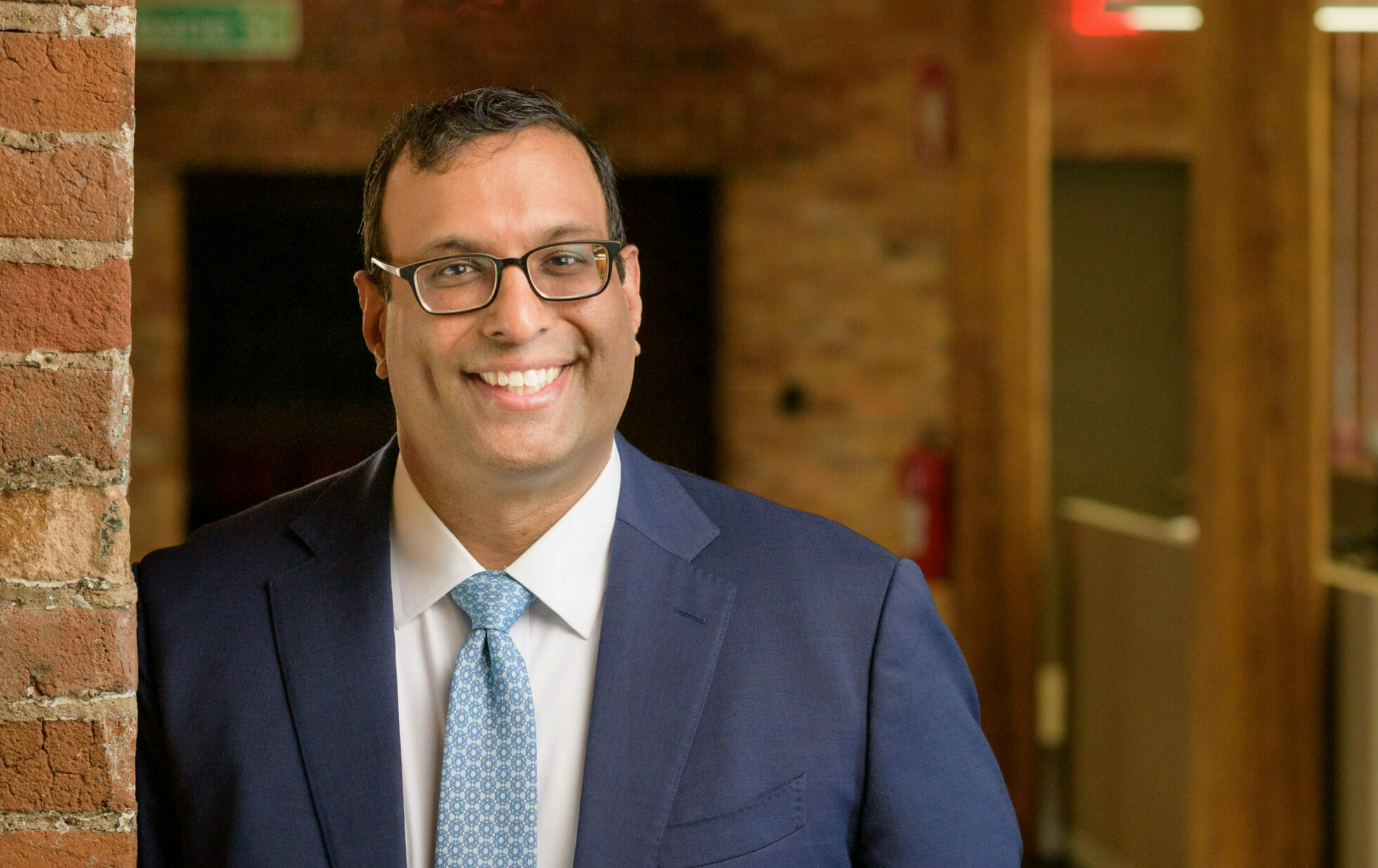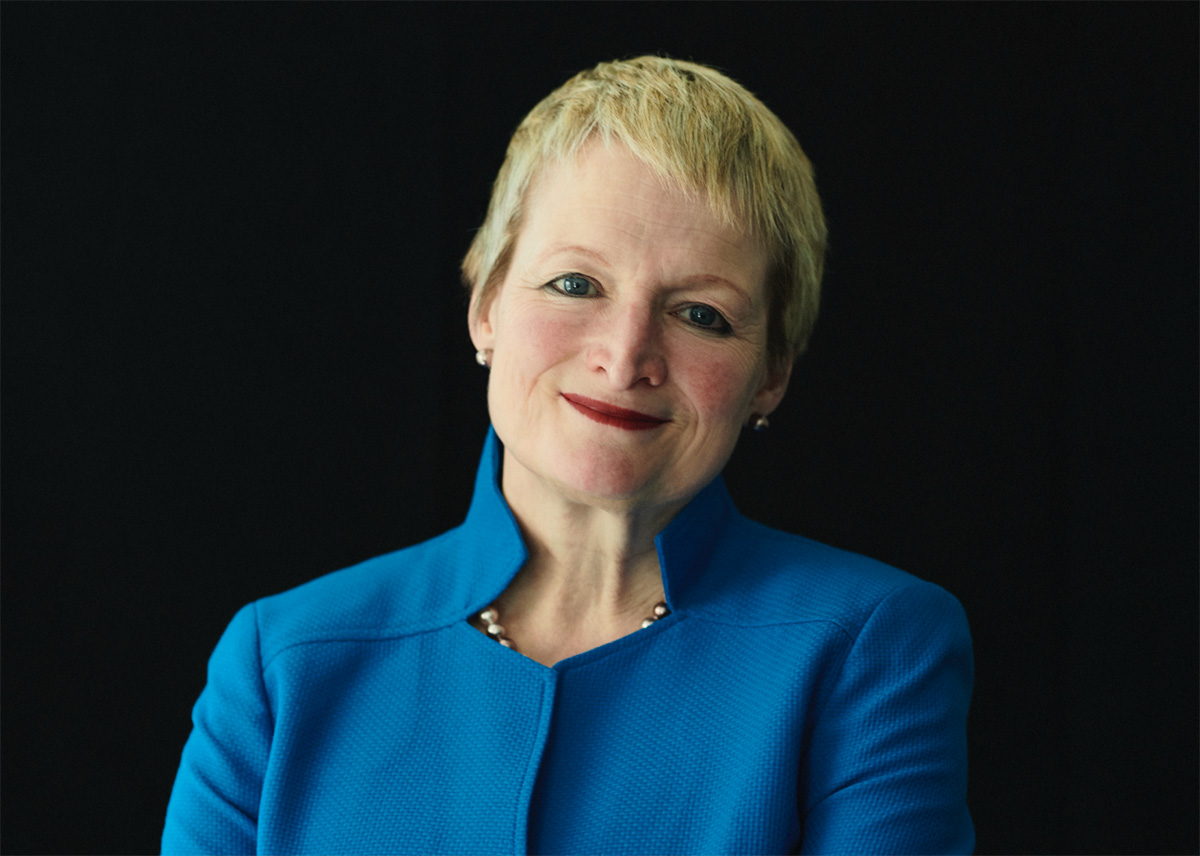Agility, constant learning and customer obsession underpin world-class banking.
When you hear about a large, established business yearning for a start-up culture, what comes to mind?
For most, it is some version of more speed and efficiency, and fewer operational disconnects. As big organizations look to rediscover the vitality of their youth, they look to shed layers of bureaucracy and the ever-present time-wasting meetings. But this is only scratching the surface of what’s required.
Having a start-up culture has become a buzz phrase for anyone adopting digitalization, especially banks, which are highly susceptible to new technologies. But what does it really mean? My new book, World’s Best Bank: How DBS Makes Banking Joyful, sets out the five components. Each is challenging in its own right – and to make the endeavor more complicated, they are interlinked.
1. Agile
Whether for GAFA companies in the West (Google, Amazon, Facebook, Apple) or BATX companies in the East (Baidu, Alibaba, Tencent, Xiaomi), agility is a common success factor. Teams in traditional organizations often move slowly, operate bureaucratically, lose sight of customer needs, require too many meetings and need layers of approvals. The agile methodology – especially agile squads – counters these challenges. An agile approach, enabled by digital technology, speeds up how banks do business and allows them to respond faster to market changes.
DBS Bank, based in Singapore, has been recognized as the best bank in the world by three major awards over a 12-month period – a world first. Technology was a critical part of its transformation, with the mantra that “Technology is business and business technology.” DBS made business leaders responsible for new technology, and technology partners responsible for business outcomes, with both camps sharing goals, business strategy and an implementation roadmap. DBS calls this its “Two-In-a-Box Framework”: technology and business are both in the same box.
2. A learning organization
In a start-up culture it’s critical to build a growth mindset among employees so they can continuously learn, grow and adapt. This translates into ongoing innovation, growth and resilience, both for the organization and for individuals’ careers. New experiential learning programs are required, such as hackathons, where employees work with start-ups and coders to experiment with solutions to address business challenges.
In DBS, a range of initiatives empowered bank employees to own their own reskilling and upskilling. One example: the requirement for a manager’s approval was eliminated for training courses costing less than US$350. There was one condition, though. After taking the training, every employee had to teach colleagues what he or she learned. This enhanced the bank’s learning culture and supported employees in quickly learning a range of new skills.
3. Customer-obsessed
Across banking, we have seen a trend of moving from customer service, to customer experience, to customer obsession. The goal is to adopt customer-journey thinking throughout an organization. It starts with mapping the customer’s perspective and asking the question posed by US business consultant, the late Clayton Christensen: “What is the job to be done?”
Take mortgages as an example. A customer does not wake up in the morning wanting a mortgage: they wake up wanting a new home. The job to be done is helping the customer realize that dream. For DBS, adopting a customer-journey approach for mortgages starts with customer communication as much as six months ahead of time. The aim is to be part of the complete home-buying experience.
Becoming customer-obsessed involves delivering a delightful hassle-free customer experience and building ecosystems to enhance customer journeys.
4. Data-driven
Among the reasons that many leaders desire a start-up culture is that they see it as helping their company to stay on the edge of the innovation curve, with the ability to scale and perform extremely well. This requires data. And where data overlaps with customers – magic happens.
Of the five components outlined, this one takes the most time commitment and energy. Banks have plenty of historical data, and for a major institution like DBS it can take over two years to clean up historical data and to develop in employees the temperament, skills and ability to use data. Only then can the bank start to better understand and serve their customers – including making effective cross-selling recommendations.
In DBS, data transformation has had three pillars. The first (building the culture and capability) included efforts to create data scientists, stewards and champions to drive value creation. The second focused on data usage, making access to data frictionless, while maintaining quality and control. The third pillar was a fit-for-purpose data platform. Throughout the approach runs the insight that creating a data-first culture is more about transforming employee behaviors than about the data itself.
5. Taking experiments and risks
A start-up culture is also defined by experimentation and risk-taking – which is often contradictory to the established cultures of banks, where, to protect their jobs and bonuses, employees have learned to play safe. Such behavior is the opposite of what is required for a start-up culture, so the challenge for leaders is to create a safe environment. Employee fear of failure impedes experimentation, as leadership scholar Amy Edmondson’s work on psychological safety has shown.
In DBS, one important early step towards creating the right environment was not holding employees accountable for every last piece of success. This encouraged employees to participate at any level, knowing that their contributions would be recognized. Then, to reinforce the shift, the bank created its Dare to Fail award, which was showcased by chief executive Piyush Gupta in town halls. Gupta also personally reviews new projects or programs every few months, showcasing both successes and failures. It is a powerful statement about the bank’s new culture.
Creating a start-up culture is no easy feat. The first step is to identify what it means to your organization – and then start taking the right actions to transform.
– Robin Speculand is a specialist in strategy and digital implementation, a Duke CE facilitator, and best-selling author. His latest book, World’s Best Bank: How DBS Makes Banking Joyful, is due for release in late 2020.




